An Unlikely Trust
Also by Gerard Helferich
Humboldts Cosmos: Alexander von Humboldt and the Latin American Journey That Changed the Way We See the World
High Cotton: Four Seasons in the Mississippi Delta
Stone of Kings: In Search of the Lost Jade of the Maya
Theodore Roosevelt and the Assassin: Madness, Vengeance, and the Campaign of 1912
An Unlikely Trust
Theodore Roosevelt, J. P. Morgan, and the Improbable Partnership That Remade American Business
Gerard Helferich
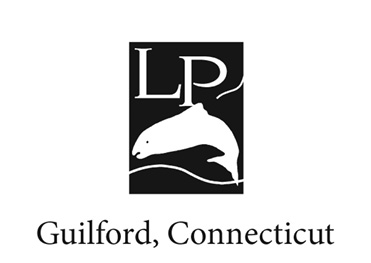

An imprint of Globe Pequot
Distributed by NATIONAL BOOK NETWORK
Copyright 2018 by Gerard Helferich
All rights reserved. No part of this book may be reproduced in any form or by any electronic or mechanical means, including information storage and retrieval systems, without written permission from the publisher, except by a reviewer who may quote passages in a review.
British Library Cataloguing in Publication Information available
Library of Congress Cataloging-in-Publication Data
Names: Helferich, Gerard, author.
Title: An unlikely trust : Theodore Roosevelt, J. P. Morgan, and the improbable partnership that remade American business / Gerard Helferich.
Description: Guilford, Conn. : Lyons Press, [2017] | Includes bibliographical references and index.
Identifiers: LCCN 2017034240 (print) | LCCN 2017033328 (ebook) | ISBN 9781493025787 (ebook) | ISBN 9781493025770 (hardcover) | ISBN 9781493025787 (e-book)
Subjects: LCSH: United StatesEconomic conditions1865-1918. | United StatesEconomic policyTo 1933. | Roosevelt, Theodore, 1858-1919. | Morgan, J. Pierpont (John Pierpont), 1837-1913.
Classification: LCC HC106 (print) | LCC HC106 .H43 2017 (ebook) | DDC 330.973/0911dc23
LC record available at https://lccn.loc.gov/2017034240
 The paper used in this publication meets the minimum requirements of American National Standard for Information SciencesPermanence of Paper for Printed Library Materials, ANSI/NISO Z39.48-1992.
The paper used in this publication meets the minimum requirements of American National Standard for Information SciencesPermanence of Paper for Printed Library Materials, ANSI/NISO Z39.48-1992.
Printed in the United States of America
To Teresa, mi vida
Contents
Authors Note
Like most Americans, I imagine, I had a schoolbook image of Theodore Rooseveltpince-nez, ferocious grin, broad-brimmed cavalry hatand a passing familiarity with his resume as Rough Rider, trust buster, environmentalist, big-game hunter. Then, several years ago, while I was teaching at the Columbia Publishing Course, at the Columbia Journalism School, a group of inspired students suggested that someone write a nonfiction book about the attempt on Roosevelts life that had taken place in 1912, as he was running for a third term as president. I was immediately hooked by the narrative possibilities, and as I delved more deeply into Roosevelts life and career, I was also fascinated by his consummate intelligence, complex personality, and extraordinary achievements. It was easy to see why, by the time he left the White House, in 1909, he was the most famous and most popular man not just in the United States but on earth.
During my research for what would become Theodore Roosevelt and the Assassin , I would catch an occasional glimpse of another character peering out from the storys peripheryJ. Pierpont Morgan. In that book, Morgan played only a cameo role, mostly as a (controversial) donor to Roosevelts 1904 election campaign. But just as Roosevelt forever changed the federal government, Morgan, as Americas preeminent financier, presided over an elemental shift in American business, away from family-owned companies and toward huge corporations. As the twentieth century began, Morgan and Roosevelt were the two most powerful men in America, perhaps the world, and the transformations they wrought were essential to creating our modern age. In no small measure, we are all living in a world created by Theodore Roosevelt and Pierpont Morgan.
So I was surprised that the relationship between these momentous figures had never been examined at book length. And when the two had been considered together, usually in passing, they were often depicted as battling colossi, the great trust builder versus the original trustbuster. But their association, I discovered, was far more complex and symbiotic. Despite their many differences, they had much in commonsocial class, an unstinting Victorian moralism, a drive for power, a need for order, and a genuine (though not purely altruistic) concern for the welfare of the nation. Working this common ground, the premier progressive and the quintessential capitalist were able to unite to accomplish what neither could have achieved aloneincluding, more than once, averting a national disaster. In the process they also changed the way that government and business worked together.
This is the story of the uneasy but historic collaboration between Theodore Roosevelt and Pierpont Morgan. It is also the story of how government and business evolved from a relationship of laissez-faire to the active regulation that we know today. And it is an account of how, despite all that has changed in the past century, so much remains the same, including a growing divide between rich and poor; the tangled, self-serving bonds uniting politicians and business leaders; and a pervasive feeling that government is working for the special interests rather than for the people. Not least of all, it is the story of how citizens with vastly disparate philosophies and interests managed to come together for the good of their common country.
It is a work of nonfiction. All the characters are real, and no names have been changed. All words in quotation marks were said or written by the person indicated, or at least reported by a witness, such as an aide or a newspaper reporter. On a few occasions, to evoke the late nineteenth or early twentieth century, I have supplied atmospheric details (such as horses neighing) and made a few minor assumptions, which are included in the Notes. Everything else is part of the historical record, down to the clothing the characters wore and the gestures they made.
Many of the events described in these pages were reported by more than one eyewitness, and those accounts sometimes vary meaningfully, especially concerning the time (or even the day) that something happened and the exact words that someone spoke. I have tried to choose my sources with care, and in the Notes I sometimes point out where published accounts disagree. Readers wishing to know more about this pivotal period in our history or these larger-than-life figures may wish to consult the Bibliography, which includes suggestions for further reading.
Prologue
This, Then, Is the Place to Stop This Trouble
Sunday, November 3, 1907
It was 9:00 p.m. when a figure in a dark overcoat stepped out of a cab at Madison Avenue and Thirty-Sixth Street. The young man was big-boned, but his face was thin and topped by dark, oiled hair parted in the middle. At age thirty-four, Ben Strong was already secretary of Bankers Trust. Though founded just four years earlier, Bankers had grown into one of the nations largest trust companies, thanks in part to its close ties with Pierpont Morgan. But after the events of the past two weeks, a job at a trust company, even a solvent one like Bankers, hardly seemed something to brag about among Strongs neighbors in Greenwich, Connecticut.
Next page

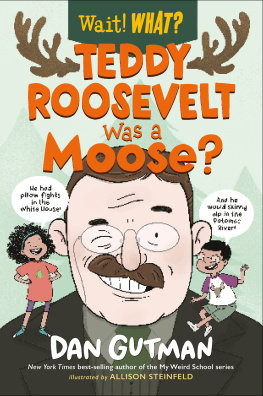

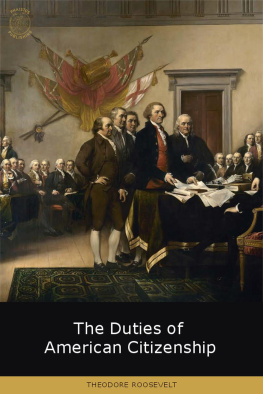

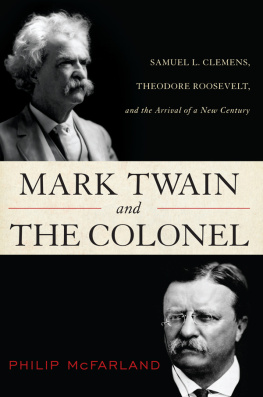
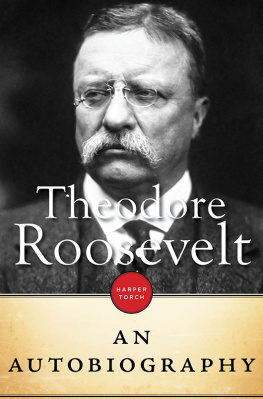
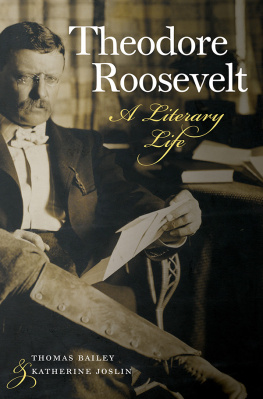
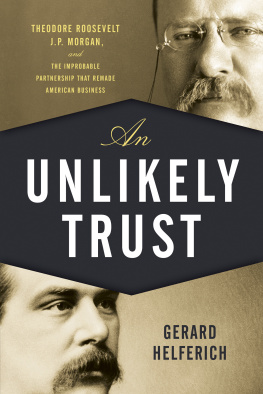
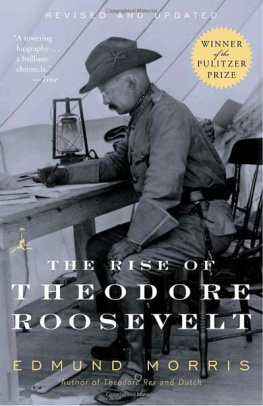

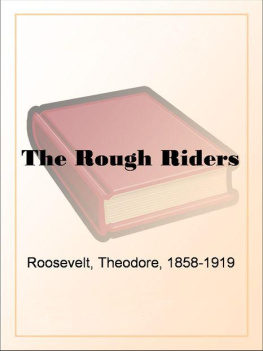


 The paper used in this publication meets the minimum requirements of American National Standard for Information SciencesPermanence of Paper for Printed Library Materials, ANSI/NISO Z39.48-1992.
The paper used in this publication meets the minimum requirements of American National Standard for Information SciencesPermanence of Paper for Printed Library Materials, ANSI/NISO Z39.48-1992.